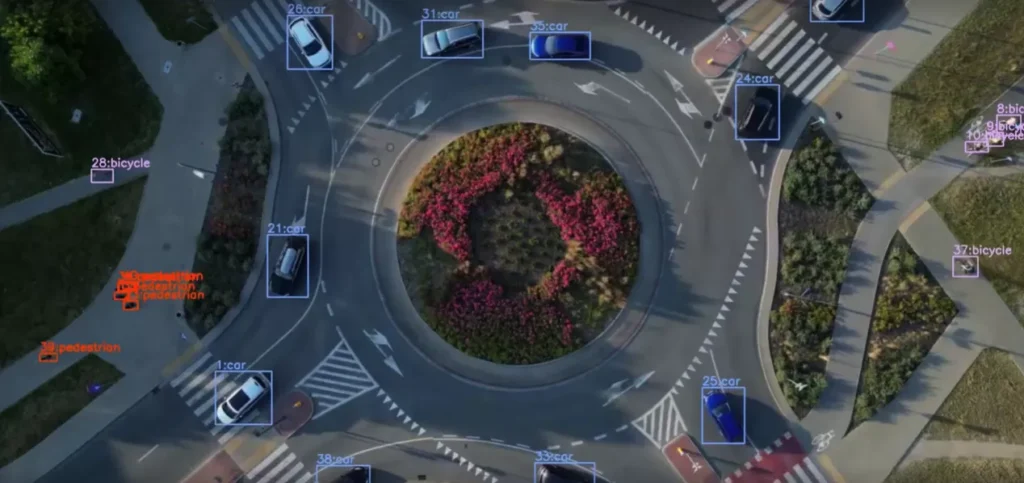
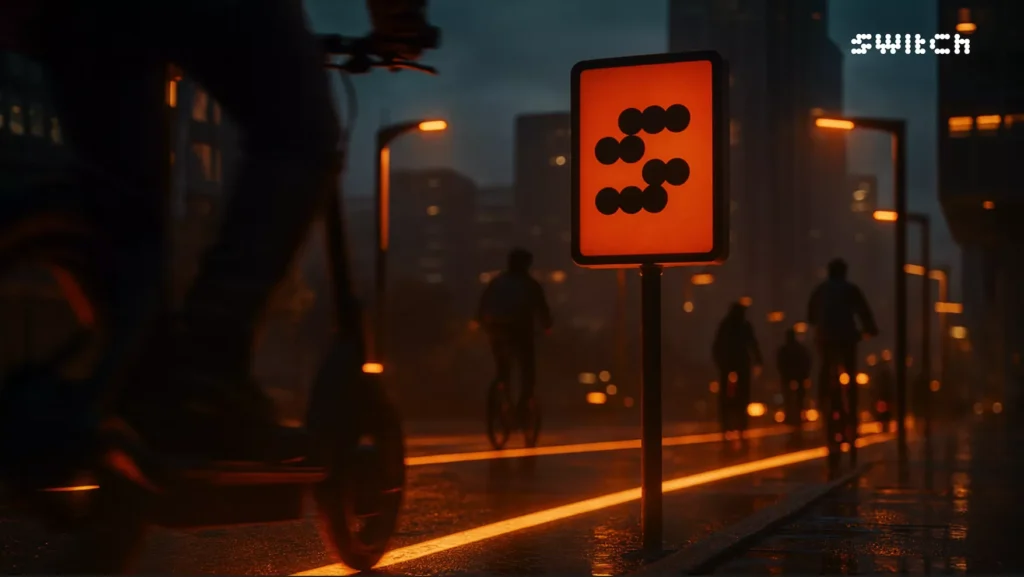
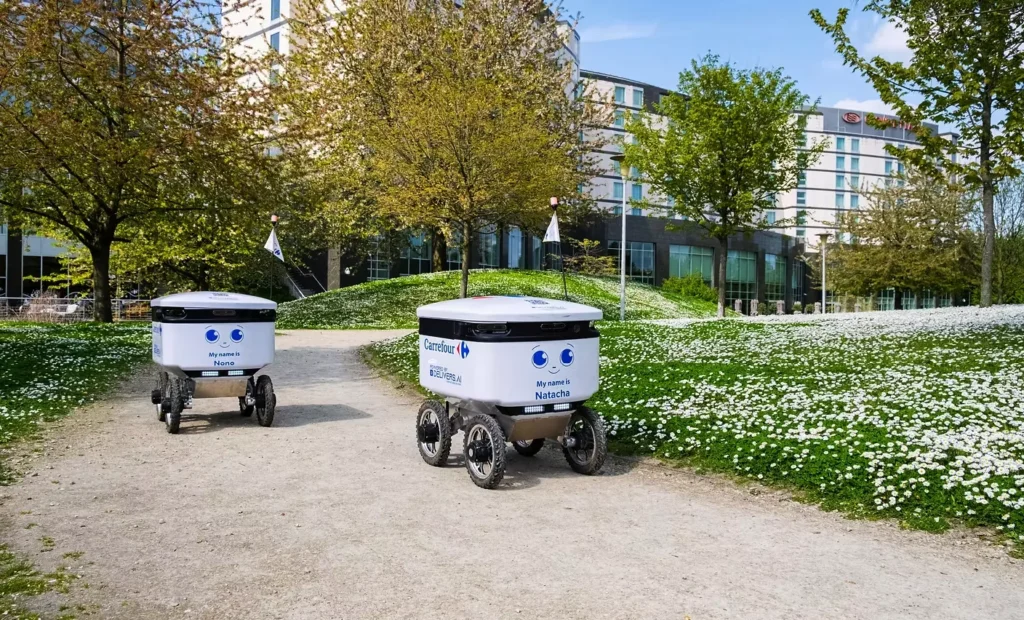
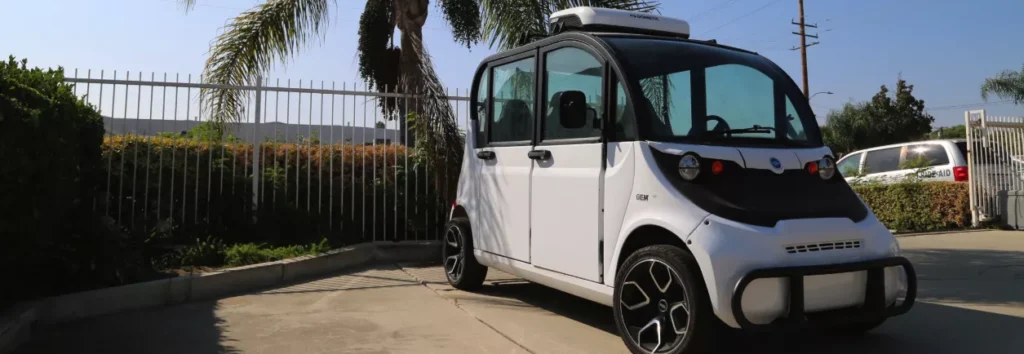
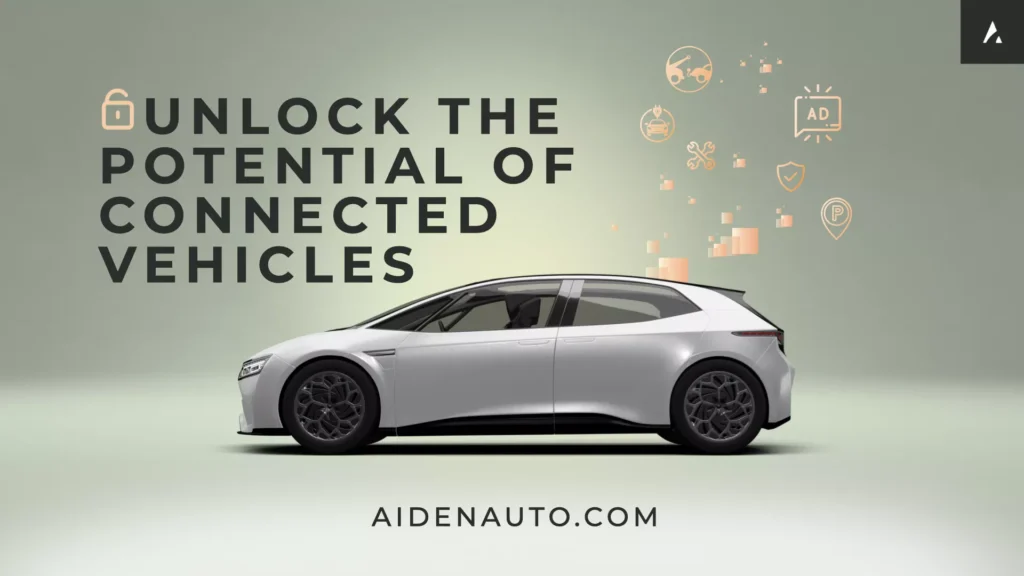





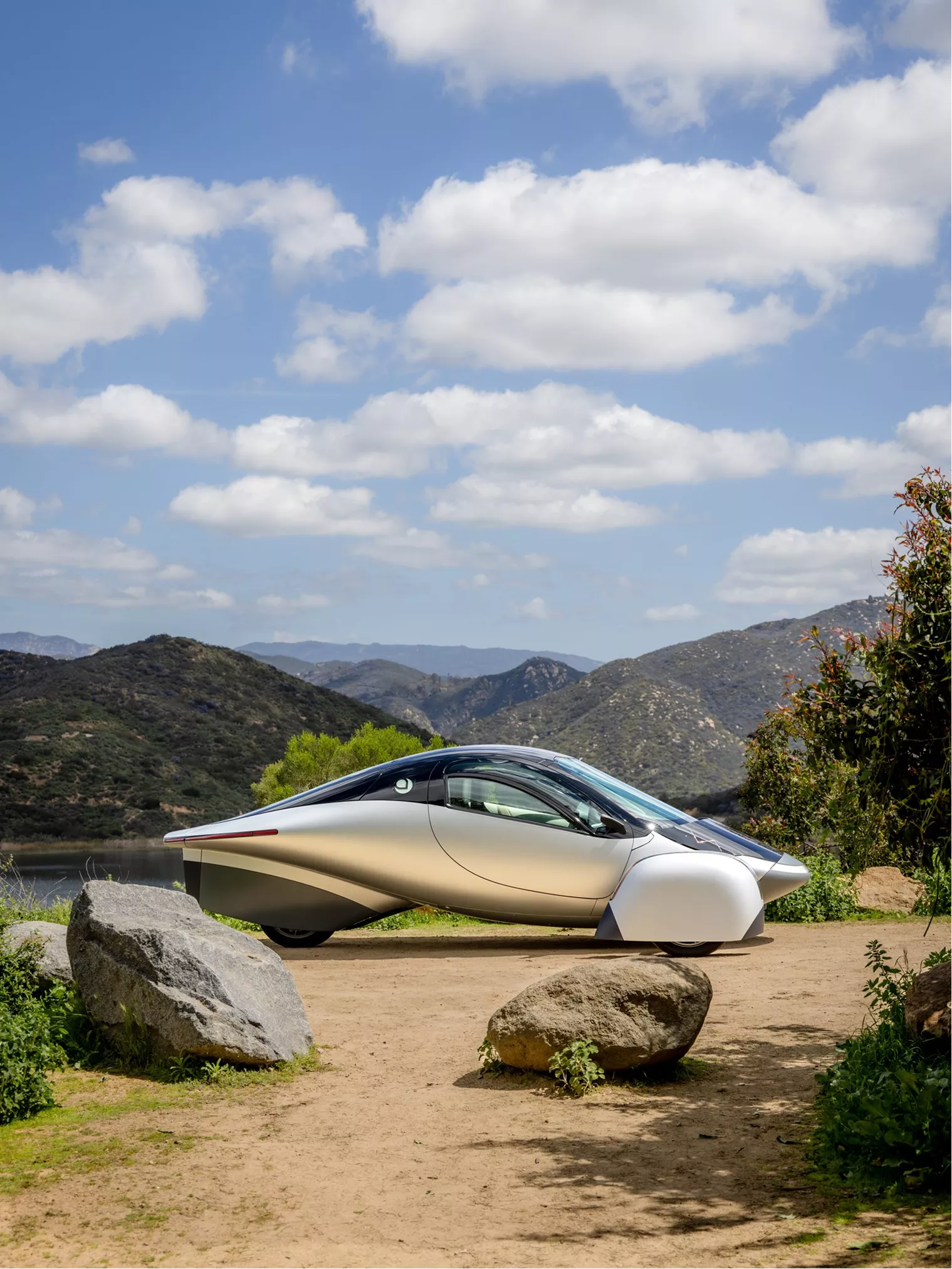
From EVs and batteries to autonomous vehicles and urban transport, we cover what actually matters. Delivered to your inbox weekly.
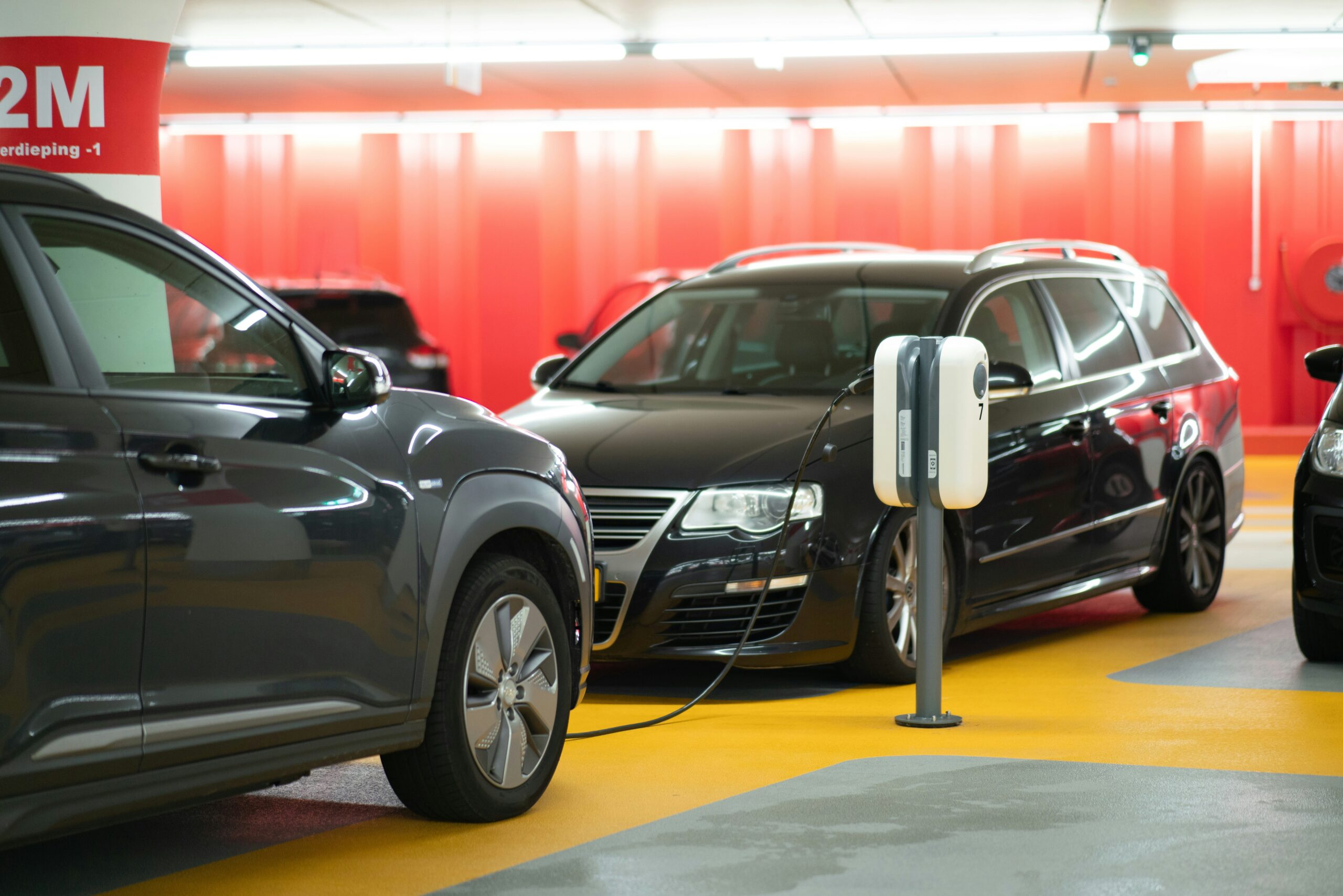
Toyota’s bZ4X is now the fastest-selling EV in the U.S., with only 32 days of market supply as of August 2025. That puts it ahead of dozens of rivals and shows strong demand for practical, mid-priced EVs.
The trend is clear: buyers outside the luxury market are driving sales.
At the other end, Cadillac’s all-electric Escalade IQ is moving the slowest, sitting on lots for an average of 250 days. The difference highlights how buyer priorities are shifting.
Market day supply (MDS) measures how long it would take to sell current inventory at today’s sales pace. Shorter supply means faster sales.
Right now, the momentum is with models priced for the mass market.
These brands are winning with price points and features that match everyday needs, not niche luxury demands.
It’s more than just cost. Buyers are prioritizing value and usability. They want EVs that fit their lives without major changes in budget or routine. High-end features and prestige branding are not the main decision drivers for most customers in this segment.
Automakers should focus on scaling production for models with proven demand. Incentives should support flexibility, not just move luxury stock. As incentives change and charging networks expand, EVs that are both affordable and practical will continue to convert shoppers into owners.
Right now, what sells is not the flashiest model, it’s the one people can use every day without compromise.